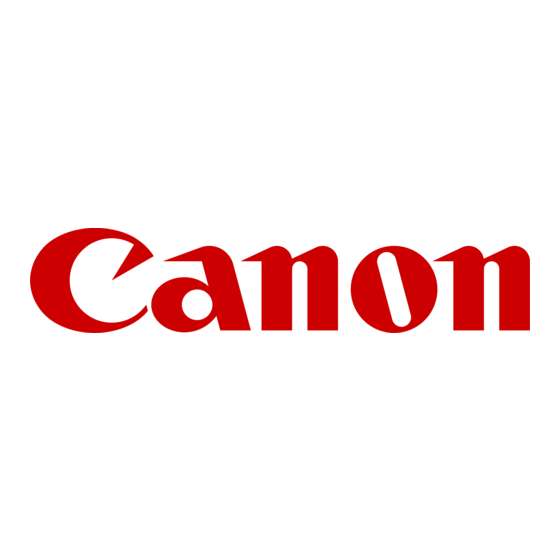Canon Color imageCLASS MF8180c Посібник з дистанційного керування - Сторінка 36
Переглянути онлайн або завантажити pdf Посібник з дистанційного керування для Принтер "Все в одному Canon Color imageCLASS MF8180c. Canon Color imageCLASS MF8180c 40 сторінок. Color laser copier - printer - scanner - fax - network capabilities
Також для Canon Color imageCLASS MF8180c: Посібник з експлуатації мережі (49 сторінок), Посібник із швидкого старту (25 сторінок), Початковий посібник (35 сторінок)

Appendix
This section contains the glossary and index.
Glossary
Cookies
A file left on a user's computer when the user visits a web site. A cookie allows the
web site to recognize the user on subsequent visits. Cookies are generally used to
enable a user to automatically sign on to certain web sites and to customize the
features offered by such sites.
Protocol
A set of rules that govern the transmission of data across a network. Examples of
protocols are FTP, DHCP, BOOTP, RARP, IPP, and TCP/IP.
−
FTP: File Transfer Protocol. A client-server protocol allowing a user to transfer files
on one computer to and from another computer over a TCP/IP network. The File
Transfer Protocol also governs the client program with which the user transfers files.
−
DHCP: Dynamic Host Configuration Protocol. A protocol which automatically
specifies the network settings of a client on a TCP/IP network. Many of the settings
required to set up TCP/IP, which is the standard protocol of the Internet, can be
made automatically.
−
BOOTP: BOOT strap Protocol. A protocol that enables a client machine to
automatically obtain network setup information from a server over a TCP/IP network.
BOOTP enables a client to automatically locate such information as the host name,
domain name, and IP address, so that it is not necessary to create these items
manually.
−
RARP: Reverse Address Resolution Protocol. A protocol which associates a
network adapter address (MAC address) with an Internet Protocol (IP) address.
3
CHAPTER
CHAPTER
Glossary
3-1
